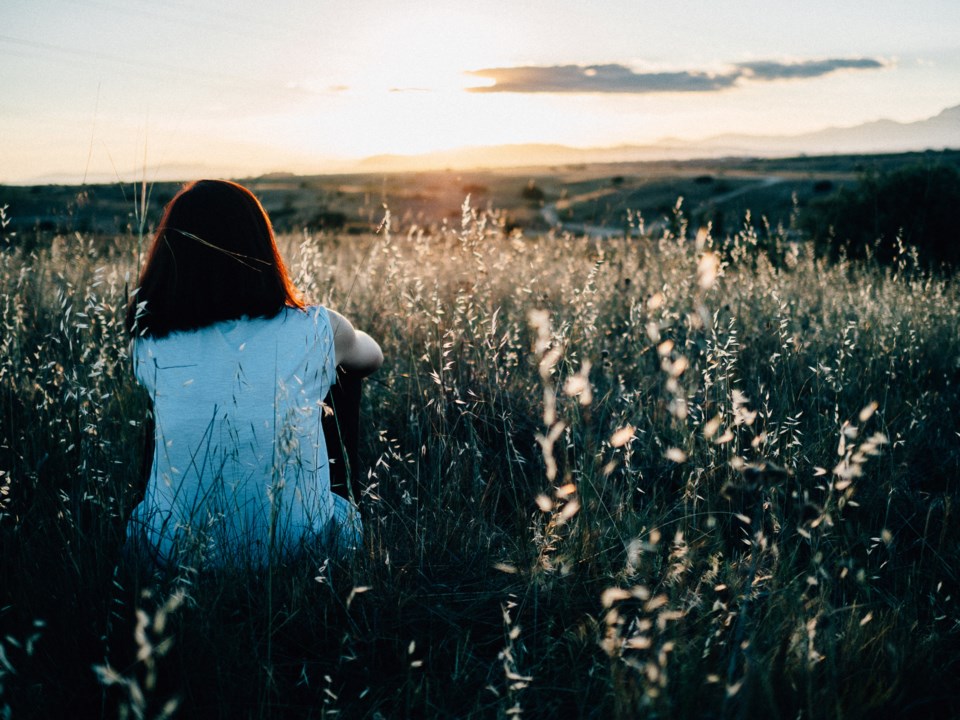Though it’s an exciting time for some, nervousness, stress and anxiety are familiar back-to-school foes for many students throughout Prince George.
Medical professionals like Dr. Dzung Vo, an adolescent health specialist with B.C.’s Children’s Hospital, are encouraging students of all ages throughout the province to use mindfulness to cope with these kinds of challenges.
“I see a lot of adolescents who have what I consider stress-related health conditions,” says Vo, adding that those can be mental health conditions such as depression, anxiety, eating disorders, or they can also be more medical conditions such as chronic pain or chronic illness.
Vo says he teaches adolescents how to use mindfulness to be more resilient and thrive in the face of those challenges.
“Many students experience stress when they get into school, so mindfulness can help them manage the stress that they are experiencing; for example, they might be anxious about new classes, or they might be anxious about their grades.
“When they practise mindfulness, it can be as simple as using their breathing and paying attention to their bodies to get out of this mode of overthinking and rumination, which causes stress and anxiety.”
 Anxiety and stress is common among students. It's important to recognize the signs. (via Unsplash)
Anxiety and stress is common among students. It's important to recognize the signs. (via Unsplash)What exactly is mindfulness?
Jon Kabat Zinn, founding executive director of the Centre of Mindfulness in Medicine at the University of Massachusetts Medical School, define’s mindfulness as “paying attention in a particular way: on purpose, in the present moment, and without judgment.”
“Sometimes, I will say paying attention on purpose in the present moment and with unconditional love,” adds Vo. “It’s about combining present moment awareness with a sense of compassion, acceptance, curiosity, and most importantly, self-compassion with whatever situation you find yourself in whether that is easy and enjoyable or whether it is a moment of pain or difficulty.”
Vo says that by doing mindful breathing and paying attention to your body or whatever you are doing at the moment can help students let go of unnecessary stress.
He also notes that mindfulness is not just about handling stress, but about enjoying life.
“For example, when kids are getting back to school, they might be worried about what is going to happen next week, next month, next year, and they forget to enjoy that first day or that moment when they are meeting a new friend or doing some fun activity.”
Vo says that “when we are in the present moment with an attitude of kindness or compassion, life becomes much more full, much more rich, much more enjoyable, in addition to helping us deal with stress or pain.”
Mindful learning
Vo says that managing stress and emotions is a prerequisite for learning and education.
“When we are stressed, we don’t learn very well. The part of our brain that is activated when we are stressed is not the same part of our brain that needs to be activated when we are trying to learn. That’s why educators have really been focusing on social and emotional learning in the last several years because they recognize the importance of that.”
Some B.C. schools have started teaching mindfulness in the classroom using a program called MindUp. Vo has also written a book for teenagers called The Mindful Teen, which helps introduce teenagers to the practice of mindfulness.
He notes most of the students he’s worked with have been open to the idea of mindfulness.
“I find adolescents are quite open-minded, especially if they have had a personal experience in their own lives where they have been able to use mindfulness in a situation that was stressful or difficult for them.”
Vo says that adults who want to introduce mindfulness to the children in their lives should develop their own mindfulness practice.
“You can’t teach mindfulness unless you are experiencing it yourself first,” he tells PrinceGeorgeMatters.
Where to find out more
The Kelty Mental Health Resource Centre is a provincial resource centre that provides mental health information and resources to children, youth and their families. Kelty has specific resources about mindfulness for youth and families.
There is also an interactive app developed by B.C. Children’s Hospital and Anxiety B.C. called Mindshift. It is designed to help youth learn how to relax, develop more helpful ways of thinking, and identify active steps that will help them take charge of their anxiety.


